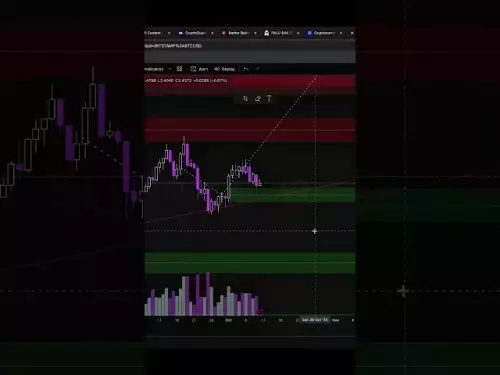-
 bitcoin
bitcoin $110311.910091 USD
1.97% -
 ethereum
ethereum $3964.172463 USD
0.34% -
 tether
tether $1.000288 USD
-0.05% -
 bnb
bnb $1098.563056 USD
-0.37% -
 xrp
xrp $2.479902 USD
4.31% -
 solana
solana $188.301025 USD
1.38% -
 usd-coin
usd-coin $0.999961 USD
0.01% -
 tron
tron $0.322477 USD
0.49% -
 dogecoin
dogecoin $0.199450 USD
2.51% -
 cardano
cardano $0.662393 USD
2.33% -
 hyperliquid
hyperliquid $37.947663 USD
1.71% -
 chainlink
chainlink $18.819081 USD
9.53% -
 ethena-usde
ethena-usde $0.999345 USD
-0.04% -
 stellar
stellar $0.323467 USD
2.06% -
 bitcoin-cash
bitcoin-cash $479.282126 USD
1.50%
How do you combine BOLL with RSI for better signals?
BOLL and RSI together enhance crypto trading accuracy by combining volatility and momentum analysis to filter false signals and confirm trends.
Oct 15, 2025 at 05:18 am
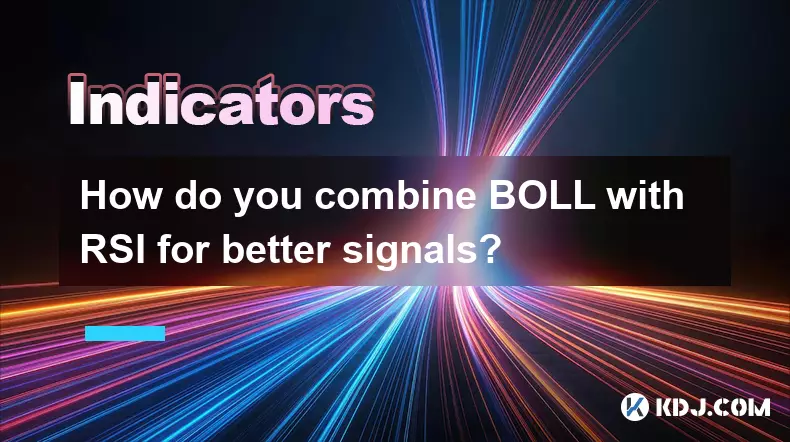
Understanding BOLL and RSI in Crypto Trading
1. The Bollinger Bands (BOLL) indicator consists of three lines: a simple moving average (SMA) in the middle, with upper and lower bands that represent volatility levels based on standard deviation. In the crypto market, where price swings are frequent and intense, BOLL helps traders identify overbought or oversold zones, potential breakouts, and consolidation phases.
2. The Relative Strength Index (RSI) is a momentum oscillator that measures the speed and change of price movements on a scale from 0 to 100. Typically, an RSI above 70 suggests overbought conditions, while below 30 indicates oversold territory. In fast-moving digital asset markets, RSI provides early signals about trend strength and possible reversals.
3. When used together, BOLL and RSI complement each other by combining volatility analysis with momentum confirmation. This synergy reduces false signals common in highly speculative environments like cryptocurrency trading, especially during periods of low volume or market manipulation.
4. Traders often observe price touching or exceeding the outer BOLL bands as a sign of extreme sentiment. However, such touches can persist during strong trends. That’s where RSI adds value—by indicating whether momentum supports continuation or exhaustion at these band extremes.
5. A key advantage of pairing these tools is their ability to detect divergence. For instance, if the price makes a new high beyond the upper BOLL band but RSI fails to surpass its prior peak, it may signal weakening bullish momentum, hinting at a potential reversal.
Identifying Overbought and Oversold Conditions with Confirmation
1. When the price reaches the upper BOLL band, it may suggest overbought conditions, particularly if the bands have expanded significantly. At this point, checking the RSI becomes critical. If RSI is above 70, it reinforces the overbought reading, increasing the likelihood of a pullback.
2. Conversely, when price hits the lower BOLL band and RSI drops below 30, it strengthens the case for an oversold state. This combination offers higher-confidence short-term reversal setups, especially after sharp declines in assets like Bitcoin or Ethereum.
3. It’s important to note that during strong trending markets, prices can remain near or outside BOLL bands for extended periods. Without RSI confirmation of overextension, entering trades solely based on band touches can lead to losses. Using RSI ensures added context regarding momentum sustainability.
4. Some traders wait for RSI to cross back below 70 after exceeding it, coinciding with price retreating from the upper BOLL band, to confirm bearish reversals. Similarly, a rise above 30 on RSI following an oversold dip aligns with price moving away from the lower band, signaling bullish recovery.
5. This dual-filter approach minimizes premature entries and enhances timing precision, which is essential in volatile crypto markets where slippage and sudden news events can distort technical patterns.
Spotting Breakouts and Trend Continuations
1. BOLL bands naturally contract during consolidation phases, known as the “squeeze,” which often precedes significant price moves. When the bands tighten and volatility drops, traders watch for expansion as a potential breakout signal.
2. To determine the direction and validity of a breakout, RSI is monitored closely. A surge in RSI above 50 alongside price breaking above the upper BOLL band increases confidence in a bullish breakout. Likewise, a drop below 50 with price falling through the lower band supports bearish momentum.
3. False breakouts are common in low-liquidity altcoins. By requiring RSI to confirm directional strength—such as reaching 60+ in an uptrend or dropping to 40− in a downtrend—traders avoid traps set by whales or algorithmic spoofing.
4. During sustained trends, price may walk along the upper or lower BOLL band. As long as RSI remains between 50 and 70 (for uptrends) or 30 and 50 (for downtrends), the trend is considered healthy. An RSI spike beyond 70 or plunge under 30 within such trends may warn of imminent pullbacks.
5. Combining BOLL width expansion with RSI acceleration allows traders to differentiate between genuine momentum surges and noise. This is particularly effective during major network upgrades, exchange listings, or macroeconomic announcements affecting the entire crypto sector.
Frequently Asked Questions
What does it mean when RSI and BOLL give conflicting signals?Conflicting signals occur when, for example, price touches the upper BOLL band but RSI remains below 70. This discrepancy suggests lack of momentum behind the move, possibly indicating a weak rally or trap. Traders should refrain from taking aggressive positions until alignment occurs or additional confirmation forms.
Can BOLL and RSI be applied to all cryptocurrencies?Yes, both indicators are applicable across all digital assets. However, their effectiveness varies with liquidity and trading volume. Major coins like BTC and ETH tend to produce more reliable signals due to deeper markets, while low-cap altcoins may generate erratic readings because of manipulative trading activity.
How do timeframes affect the BOLL-RSI strategy?Shorter timeframes like 15-minute or hourly charts produce more frequent signals but increase noise. Daily or 4-hour charts offer stronger, more dependable confluences between BOLL and RSI, making them preferable for swing and position traders seeking higher accuracy in entry and exit points.
Disclaimer:info@kdj.com
The information provided is not trading advice. kdj.com does not assume any responsibility for any investments made based on the information provided in this article. Cryptocurrencies are highly volatile and it is highly recommended that you invest with caution after thorough research!
If you believe that the content used on this website infringes your copyright, please contact us immediately (info@kdj.com) and we will delete it promptly.
- Crypto Coins: Ethereum, Solana, and the Rise of AI in 2025
- 2025-10-21 08:45:16
- TRON's Stablecoin Empire: Cross-Chain Expansion and Blockchain Innovations
- 2025-10-21 08:45:16
- Shiba Inu, AlphaPepe, Presale: The Meme Coin Evolution
- 2025-10-21 08:50:01
- Dogecoin, Whales, and Bullish Alternatives: What's the Deal?
- 2025-10-21 08:50:01
- Shohei Ohtani, World Series, and Baseball Fever: A Los Angeles Love Affair
- 2025-10-21 08:50:01
- Ethena's Expansion: New Products and Team Growth on the Horizon
- 2025-10-21 08:50:12
Related knowledge
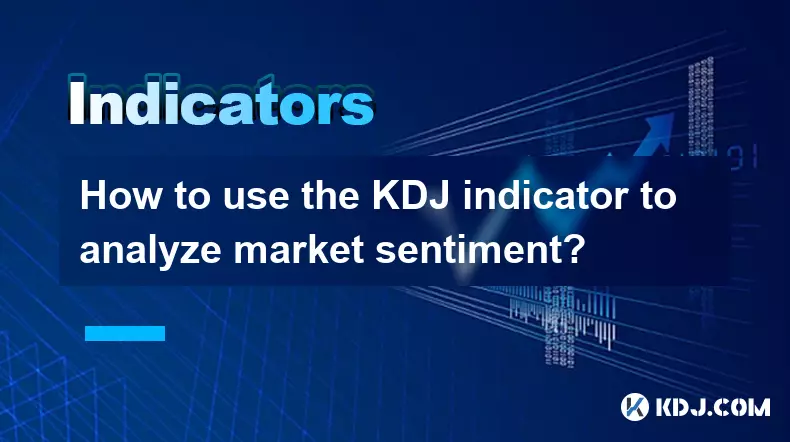
How to use the KDJ indicator to analyze market sentiment?
Oct 18,2025 at 07:18pm
Understanding the KDJ Indicator in Cryptocurrency Trading1. The KDJ indicator, also known as the Stochastic Oscillator, is a momentum-based technical ...
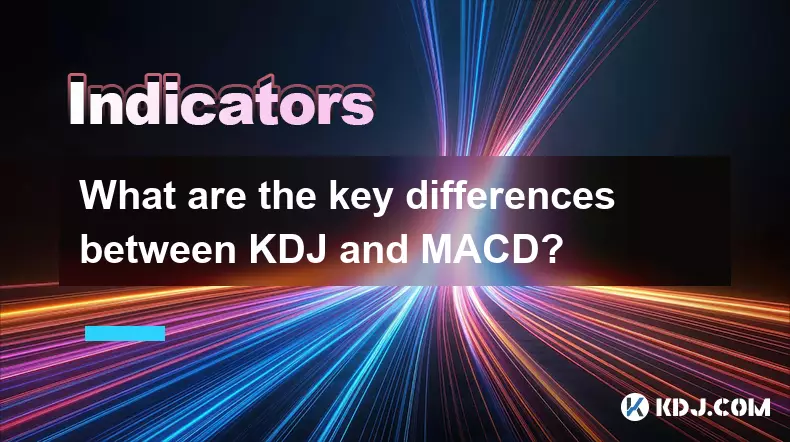
What are the key differences between KDJ and MACD?
Oct 18,2025 at 04:54am
KDJ Indicator: Core Mechanics and Usage1. The KDJ indicator is a momentum oscillator that combines the features of the Stochastic Oscillator with an a...
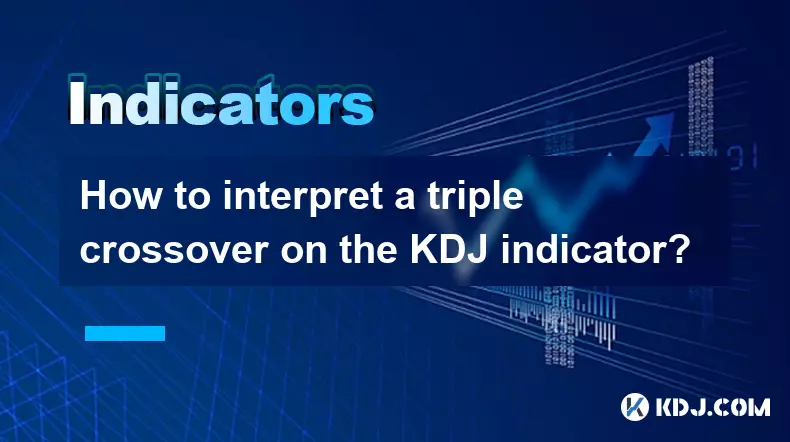
How to interpret a triple crossover on the KDJ indicator?
Oct 18,2025 at 01:54pm
Understanding the Triple Crossover in KDJ Indicator1. The KDJ indicator, a derivative of the Stochastic Oscillator, consists of three lines: K, D, and...

What's the best timeframe for the KDJ indicator?
Oct 20,2025 at 03:01pm
Understanding the KDJ Indicator in Crypto TradingThe KDJ indicator, an extension of the stochastic oscillator, is widely used in cryptocurrency tradin...
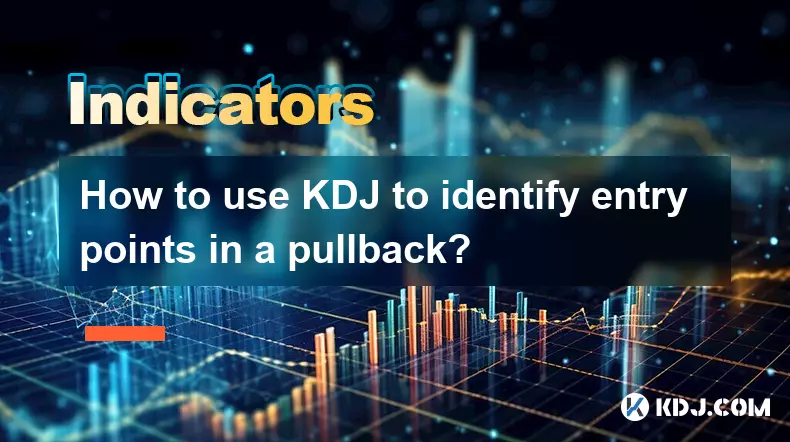
How to use KDJ to identify entry points in a pullback?
Oct 18,2025 at 09:36am
Understanding KDJ in the Context of Pullbacks1. The KDJ indicator, an extension of the stochastic oscillator, consists of three lines: %K, %D, and %J....
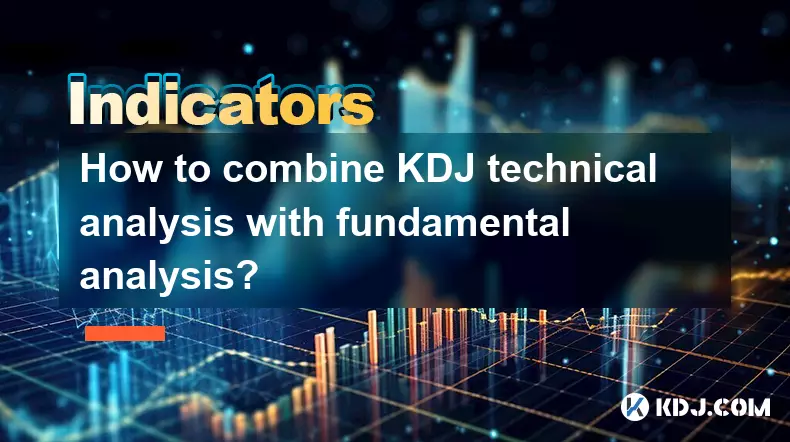
How to combine KDJ technical analysis with fundamental analysis?
Oct 20,2025 at 11:55pm
Understanding KDJ in the Context of Cryptocurrency Markets1. The KDJ indicator, originating from stochastic oscillator principles, is widely used in c...

How to use the KDJ indicator to analyze market sentiment?
Oct 18,2025 at 07:18pm
Understanding the KDJ Indicator in Cryptocurrency Trading1. The KDJ indicator, also known as the Stochastic Oscillator, is a momentum-based technical ...

What are the key differences between KDJ and MACD?
Oct 18,2025 at 04:54am
KDJ Indicator: Core Mechanics and Usage1. The KDJ indicator is a momentum oscillator that combines the features of the Stochastic Oscillator with an a...

How to interpret a triple crossover on the KDJ indicator?
Oct 18,2025 at 01:54pm
Understanding the Triple Crossover in KDJ Indicator1. The KDJ indicator, a derivative of the Stochastic Oscillator, consists of three lines: K, D, and...

What's the best timeframe for the KDJ indicator?
Oct 20,2025 at 03:01pm
Understanding the KDJ Indicator in Crypto TradingThe KDJ indicator, an extension of the stochastic oscillator, is widely used in cryptocurrency tradin...

How to use KDJ to identify entry points in a pullback?
Oct 18,2025 at 09:36am
Understanding KDJ in the Context of Pullbacks1. The KDJ indicator, an extension of the stochastic oscillator, consists of three lines: %K, %D, and %J....

How to combine KDJ technical analysis with fundamental analysis?
Oct 20,2025 at 11:55pm
Understanding KDJ in the Context of Cryptocurrency Markets1. The KDJ indicator, originating from stochastic oscillator principles, is widely used in c...
See all articles

























